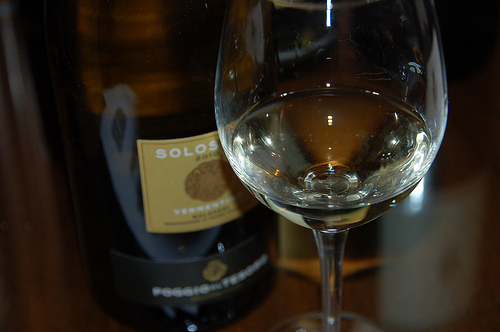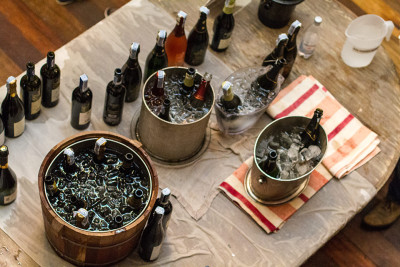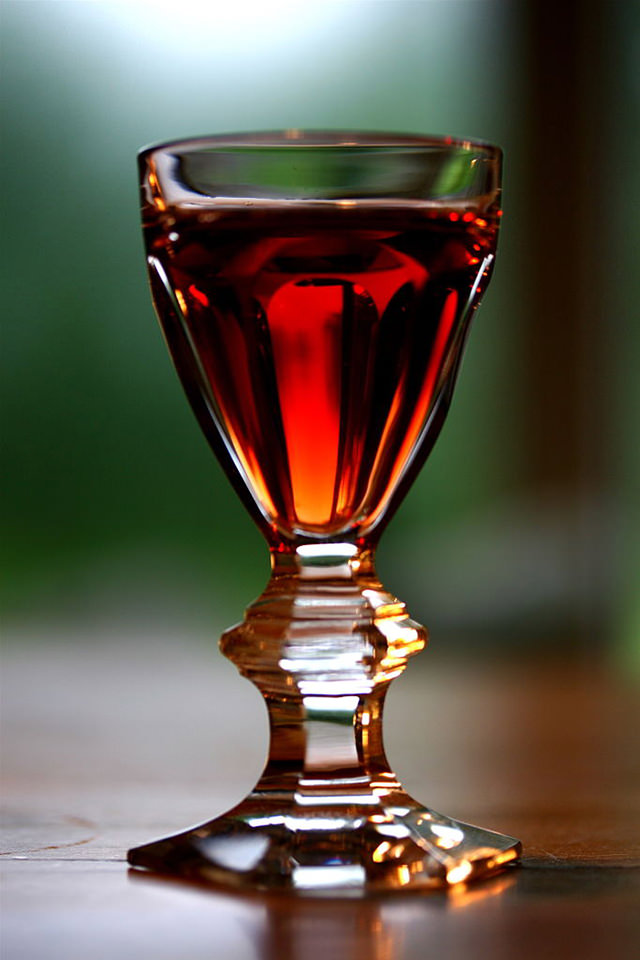As P.G. Wodehouse once said “Everything in life that’s any fun, as somebody wisely observed, is either immoral, illegal or fattening.” A good thing that wine isn’t illegal. Unless you steal a wine starved sommelier’s first glass after a dry-spell, drinking it is not immoral either. Alas, I can’t say it’s not fattening. It very much is. Wine contains calories and calories can become fat. How many calories is the question that needs answering.
A glass of wine can range from 110 – 300 calories. Obviously some wines contain more calories than others. With a little knowledge you can estimate whether a wine contains fewer or more calories. Wine consists of water, sugar and alcohol. Water doesn’t contain calories, sugar and alcohol do. At 7 calories per gram, alcohol contains surprisingly more calories than sugar, at 4 calories per gram. So a sweet wine doesn’t necessarily contain more calories than a dry wine. Dry wines are commonly considered to range from 11% to around 14%. Often, however, they’ll exceed 15%. A standard 180 ml glass of dry wine contains about 175 calories.
Sweet wines with a high alcohol percentage like Port obviously contain a lot of calories. To make Port wine, neutral grape spirits are added in order to kill the yeasts resulting in large doses of residual sugar not being turned into alcohol. Port contains 20% alcohol and has around 100 g/L of residual sugar. A standard 60 ml pour of Port has 103 calories.
To make Champagne and sparkling wine, sugar is added during the process. The dosage can range from nothing to sweet with up to 50 g/L of sugar. Most sparkling wines, however, are quite low in alcohol content keeping the amount of calories down. A standard glass of Champagne, around 150 ml, will end up in 120 calories.
There’s a formula to know precisely how much calories your glass of wine has. Take the sugar level and multiply it with the glass size (expressed in liters), multiply that by 4 and you have your sugar calories. Multiply your glass size (expressed in grams) with the alcohol percentage and multiply that with 7 and you have your alcohol calories. Add both sugar calories and alcohol calories up. The result is the amount of calories your glass contains.
What to do if you don’t feel like calculating yet want to watch your calorie intake? Sharing is your best option. Little wine shared in great company is always better than lots of wine drank alone.
Cheers!
[Article by Alexander Eeckhout]



 0
0